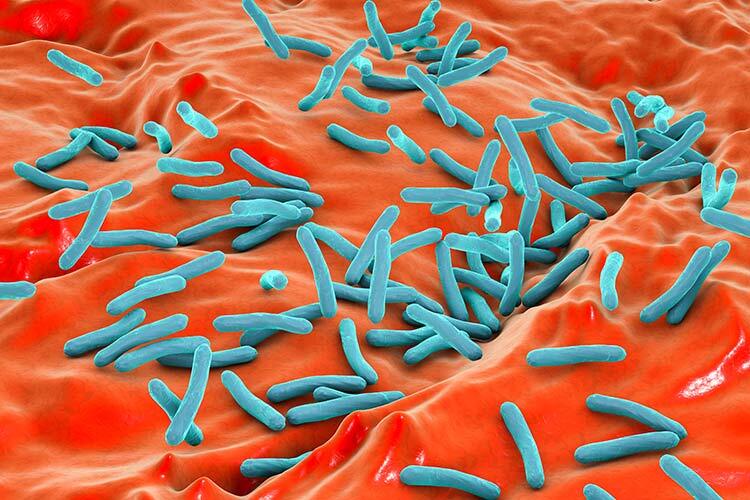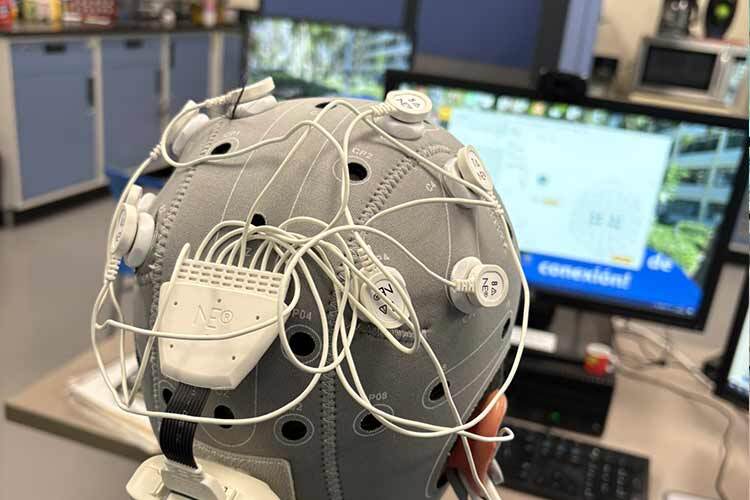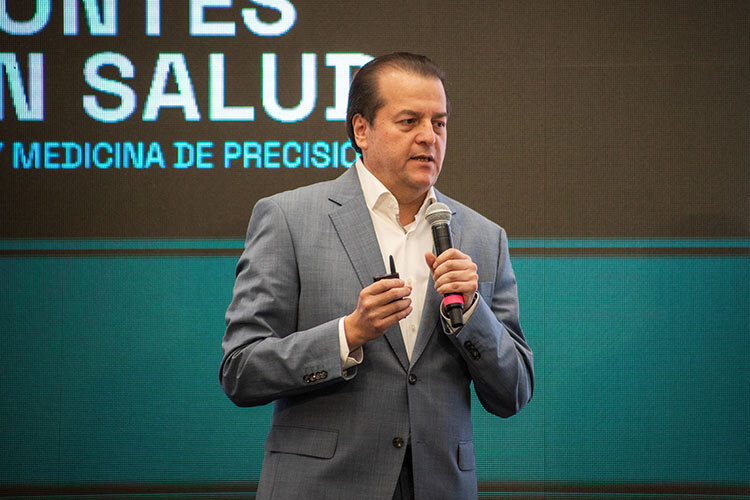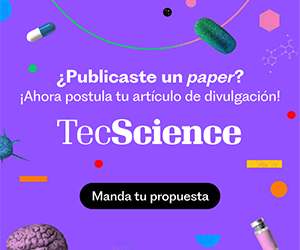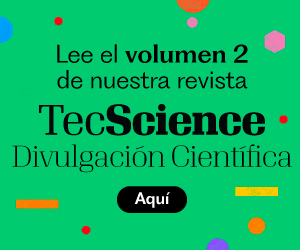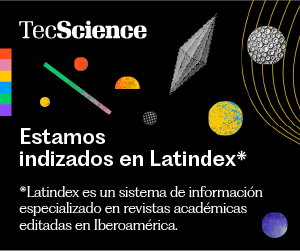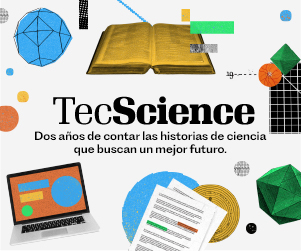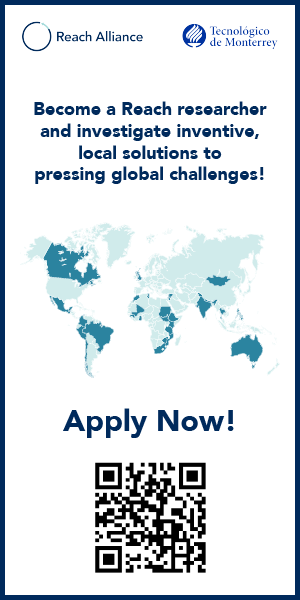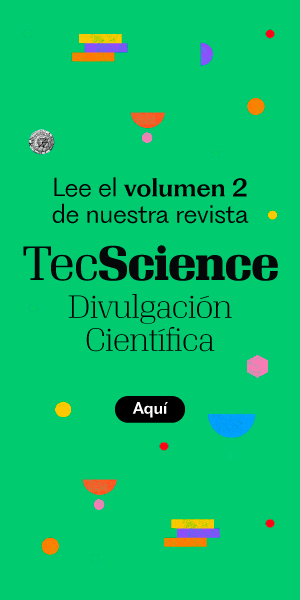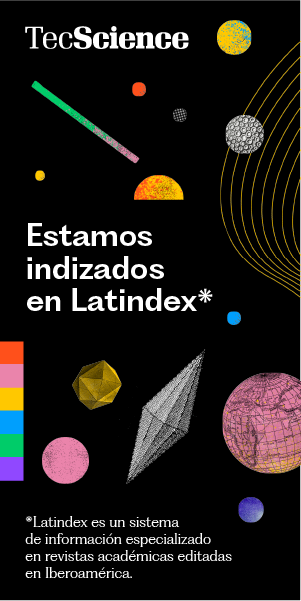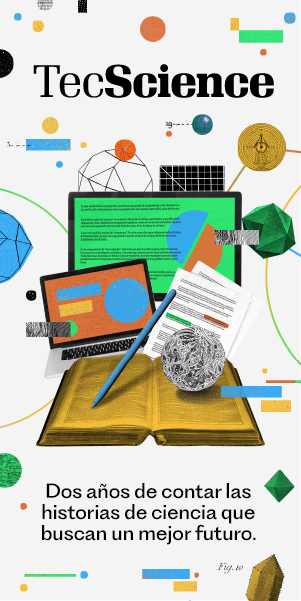Tuberculosis (TB) is one of the oldest known diseases in human history. In fact, Egyptian mummies have shown signs of skeletal deformities caused by TB. While many assume that tuberculosis is no longer a major concern, the reality is that TB cases have surged globally in the aftermath of the Covid-19 pandemic.
In Mexico, the Ministry of Health reported 9,485 tuberculosis cases between January and June 2025—just a thousand fewer than cases of influenza. This makes TB the second most prevalent bacterial disease in the country.
Because of its high levels of migration, the state of Baja California has recorded the highest number of infections. In March of this year, the Secretary of Health for Baja California pointed out that, until recently, century-old diagnostic methods were still being used—methods that could take up to 60 days to return results.
To address this issue, Mexican company Testfarma—which focuses on disease prevention and diagnostics—approached the Baja California government with a proposal: to conduct research that would identify the most effective molecular detection technology for tackling the TB problem.
How Do These Tests Deliver a Diagnosis in Just Hours?
Between January and March, 110 samples from TB patients were analyzed. The results showed that the Anyplex II test, developed by South Korean company Seegene, outperformed other methods.
According to José Antonio Álvarez, Commercial Director at Testfarma, the technology they recommended to the Baja California government can provide a diagnosis within hours and also determine which drugs a patient’s strain of TB is resistant to.
The system relies on molecular detection of the pathogen and can be scaled for high-volume testing using equipment that is both accessible and easy to operate. Samples are taken from a patient’s sputum, and up to 400 samples can be processed in a single day. The nucleic acid is then extracted and tested using a PCR process.
“We didn’t have the capacity in Mexico to detect all TB cases using molecular diagnostics,” explains Susana Téllez, Regulatory Affairs Coordinator at Testfarma. “This new tool not only lets us run more tests at once, but it also detects drug resistance.”
Connecting Students with Real-World Health Challenges
Testfarma is a training partner for research students at Tecnológico de Monterrey, meaning that students interested in disease detection and analysis can gain hands-on experience by working with the company. Testfarma has already collaborated with Tec students on projects aimed at strengthening regulatory processes.
“What I want to show students studying science,” Álvarez says, “is that there are cases where, by applying science the right way, you can solve public health problems—problems that can destroy a family’s finances and a patient’s life.”
Looking ahead to the second phase of their tuberculosis research project in Baja California, Álvarez noted that they’ll need students from a range of disciplines—including biomedical engineering, biotechnology, data analysis, and even law—to help analyze regulations in border states.
Did you find this story interesting? Would you like to publish it? Contact our content editor to learn more at marianaleonm@tec.mx
